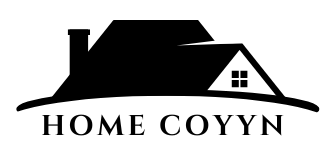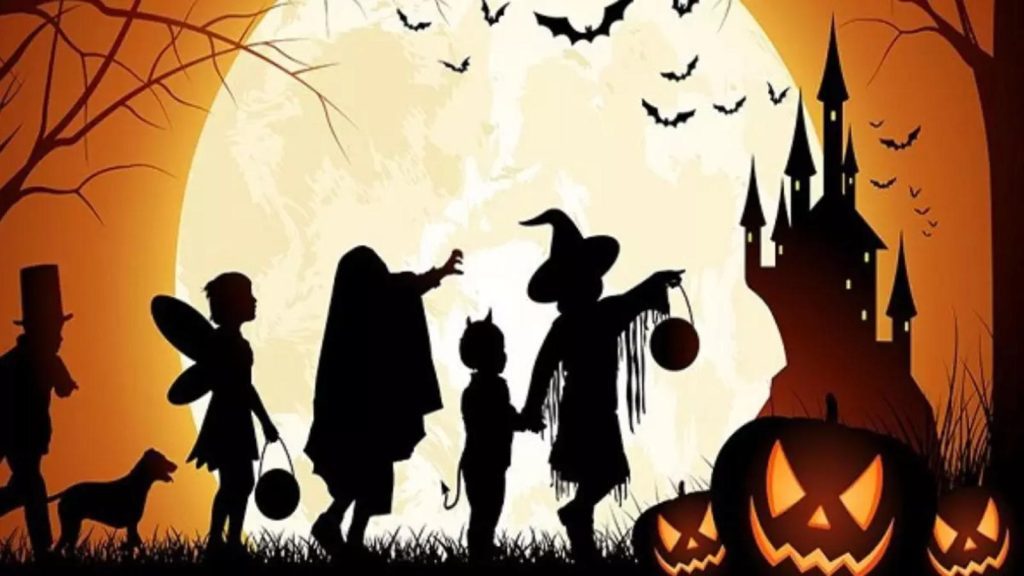For what reason do we celebrate Halloween? Explore Halloween’s beginnings and cultural development, from Celtic customs in antiquity to the current celebration of costumes, confections, and camaraderie.
How did Halloween come to be?
Halloween is a global celebration of costumes, candy, eerie stories, and spectral displays that is observe on October 31. But Halloween’s roots go much beyond the fun and joyous customs that are currently connected to it. Thousands of years ago, Halloween was a major cultural and spiritual occasion with roots in ancient rituals. Over time, it evolved into the family-friendly festival it is today.
How did Halloween come to be?
The ancient Celtic holiday known as Samhain (pronounced “sow-in”), which was observe more than 2,000 years ago by the Celts who inhabite what is now northern France, the United Kingdom, and Ireland, is where Halloween got its start. Known as the “dark half” of the year, Samhain signalled the conclusion of the harvest season and the start of winter.
The Celts held that on the evening of October 31, the line separating the world of the living from the world of the dead became less distinct, allowing both good and evil spirits to roam the planet.
During Samhain, people would pay respect to the dead and make an effort to ward off evil spirits. They constructed huge bonfires, dressed up, and carried out rituals to fend off evil spirits as a way to celebrate.
Samhain’s Experience with Roman Traditions
By AD 43, the Roman Empire had swept across Celtic lands, bringing with it their own religious and cultural practices that progressively blended with Samhain customs. Feralia and Pomona, two events in particular, had an impact on the development of Halloween:
Feralia
In keeping with the Samhain tradition of interacting with spirits, the Roman festival of Feralia was celebrated in late October to honour the deceased. Similar to Samhain, this event honoured departed ancestors and featured offerings.
Pomona
Samhain was celebrate at the same time as Pomona, the Roman goddess of harvest and fruits. Her emblem, the apple, was adopted into Halloween customs. This is thought to be the origin of the Halloween tradition of bobbing for apples, which is a symbolic act to call upon Pomona’s graces.
Promotion
Contemporary Halloween Customs and Signs
One of the most well-liked festivals in America today, Halloween has impacted festivities all around the world. It is distinguishe by a number of recognisable symbols and traditions:
Costumes
From straightforward disguises meant to fend off ghosts, costumes have evolved into intricate, imaginative ensembles influenced by pop culture, fictional characters, and eerie ideas. Costume parties are become a major component of Halloween festivities.
Jack-O’-Lanterns
The most recognisable Halloween icon is perhaps the jack-o’-lantern, which is carve from a pumpkin and has a candle inside. The custom has its roots in an Irish folktale about “Stingy Jack,” a man destined to wander the world with nothing but a hollowed-out turnip for illumination. Since pumpkins are more plentiful than turnips, they were chosen as the material for these lanterns when Halloween arrived in America.
Haunted Houses
Haunted homes gained popularity as a Halloween attraction in the 20th century. People can feel the thrill of fright in a safe setting at these eerie events, which include performers dressed as monsters, ghostly décor, and staged horror situations.
Trick-or-Treat
Children dress up in costumes and travel from home to house to get candy as part of the popular Halloween practice known as trick-or-treating. This custom, which gained popularity in the United States in the 1940s, is now a common practice in many nations and gives Halloween celebrations a lively and socially focused component.
The origins of Halloween can found in ancient Celtic ceremonies, Roman traditions, and Christian celebrations. It has changed throughout the ages from a religious celebration that heralded the arrival of winter to a joyous affair that emphasises fun, creativity, and community.

